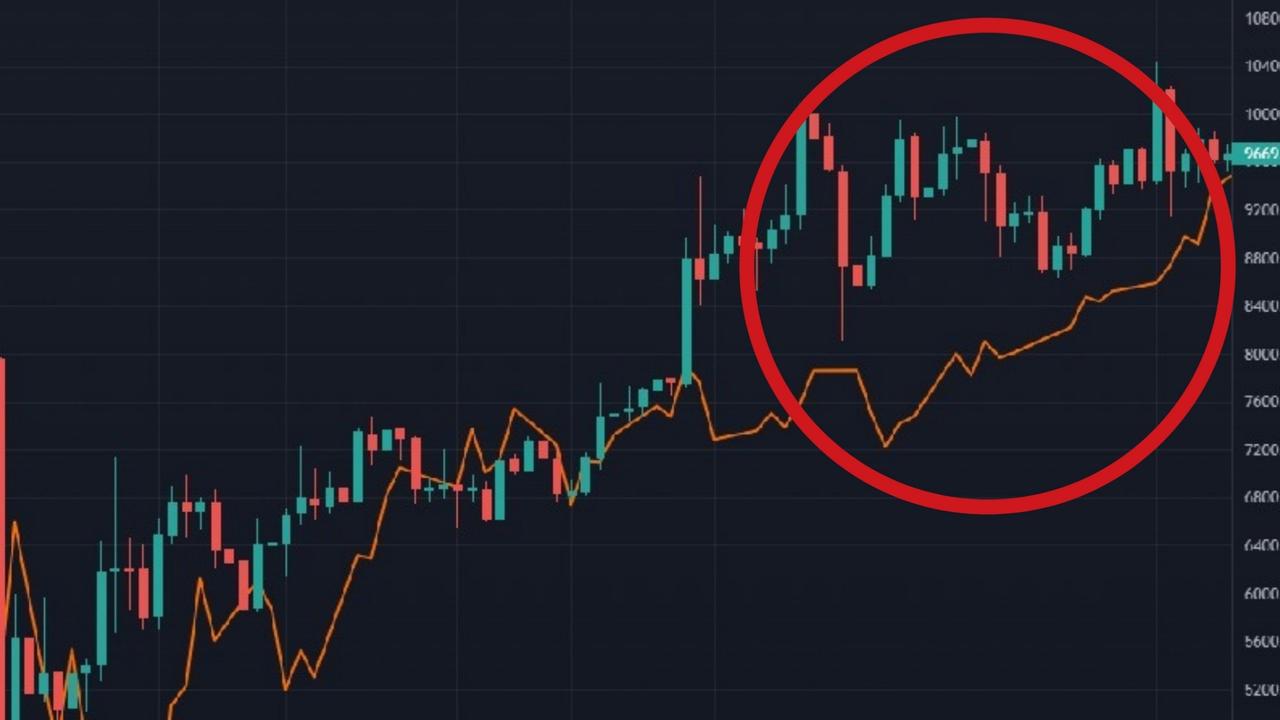
Cryptocurrency has been volatile in recent times but the collapse of one country’s currency shows exactly what could happen to crypto in the future.
As much of the world winds down for the holiday season and prepares for what we hope will be a better New Year, many households and financial market analysts share something in common, they have “roast Turkey” on their mind.
It’s not just turkey with all the trimmings, but for those in financial markets it’s the currency of the nation of Turkey which appears to be equally cooked.
Since peaking in January 2008, the Turkish lira has lost up to 93.8 per cent of its value when converted into US dollars.
As the government of President Recep Erdogan continues to press its agenda in an attempt to keep interest rates low, the Turkish lira continues its fall against the major currencies.
Despite the lira falling in value for over a decade, in recent months it has rapidly accelerated. Since the start of September, the lira has lost up to 55 per cent of its value against the US dollar.
In recent days, some of these falls have been reversed amid intervention by the Turkish government, but this move is only expected to buy time rather than fix the underlying issues behind the lira’s weakness.
While there are a number of different causes for the lira’s ongoing falls, the major catalyst in recent months has been rocketing inflation.
For the Turkish public this has been a challenging and testing time, with many taking to the streets to express their frustration at their rapidly devaluing currency.
As inflation and currency devaluation continue to eat away at the purchasing power of consumers in nations around the world, many are looking for alternatives to attempt to retain the value of their money.
The cryptocurrency alternative
In nations with relatively stable currencies, the idea of putting one’s savings into bitcoin, ethereum or some other cryptocurrency can be an unappealing prospect for many.
The inherent volatility of crypto can be an off putting factor for some, with even the largest currencies such as Bitcoin still routinely recording drops of more than 50 per cent.
But for people in nations with rapidly depreciating currencies, rolling the dice and putting their cash into crypto can be a much more tempting prospect.
While the risks can be high, particularly when you factor in the possibility of losing your stake due to a crypto exchange going bust or being hacked, for people staring down the prospect of watching their purchasing power evaporate anyway, some may see it as worth the risk.
An inflationary future?
Earlier this year there was one word that central bankers around the world used to describe inflation – “transitory”.
Their belief was that inflation would prove to be short lived and the decade’s long period of relatively weak inflation would soon resume.
So far that has not proven to be the case and central bankers have been forced to change their outlook.
Allianz chief economic advisor Mohamed El-Erian has called the US Federal Reserve’s claims that inflation would be transitory, “probably the worst inflation call in the history of the Federal Reserve”.
With expectations now firming among economists that inflation may be here to stay, the drive for people in nations hit by high inflation and currency devaluation to roll the dice on cryptocurrency may increase if the inflationary outlook is correct.
If this truly is the beginning of a multi-year shift toward higher inflation as some have suggested, it’s possible this factor could support crypto demand over a protracted period.
Crypto demand may only be as strong as crypto markets
Perhaps one of the biggest issues with crypto is that it can be a momentum driven market. When the mood is bullish and the momentum is strong, large run ups in prices and alternative coins popping up left, right and centre, is the order of the day.
But when that momentum shifts and prices fall over a long period, the outcome can be much less rosy for crypto holders.
In December 2017, the price of bitcoin hit what was then an all-time high after rising almost five fold in less than three months. By the time the price bottomed out the following December, the value of bitcoin had fallen by over 84 per cent.
While there are certainly arguments to be made that crypto markets have matured significantly since then, large drawdowns remain relatively commonplace.
If global financial markets once again see significant falls, it’s not hard to imagine crypto prices and broader crypto sentiment following, at least for a time.
This is what occurred during the global market crash of February and March last year, as shown in the graph below.
The outlook
As the last few years have shown, attempting to provide outlooks and forecasts in this environment can be akin to a monkey throwing darts at a dartboard.
But at a more fundamental level there are certain things that we do know with a reasonable degree of certainty.
There will be people in nations afflicted by high inflation and currency devaluation who will seek alternative means to safeguarding their wealth, whether it be real estate, precious metals or a foray into the world of cryptocurrency.
Ultimately crypto is a defined by the psychology of its holders. While this is true of all asset classes to one degree or another, in the world of crypto the level of belief and emotion can cause wild swings in market sentiment.
This may prove defining for the future demand for crypto and the litmus test for those considering crypto as a potential alternative amidst an ongoing loss of their purchasing power.
Tarric Brooker is a freelance journalist and social commentator | @AvidCommentator
This news is republished from another source. You can check the original article here

Be the first to comment